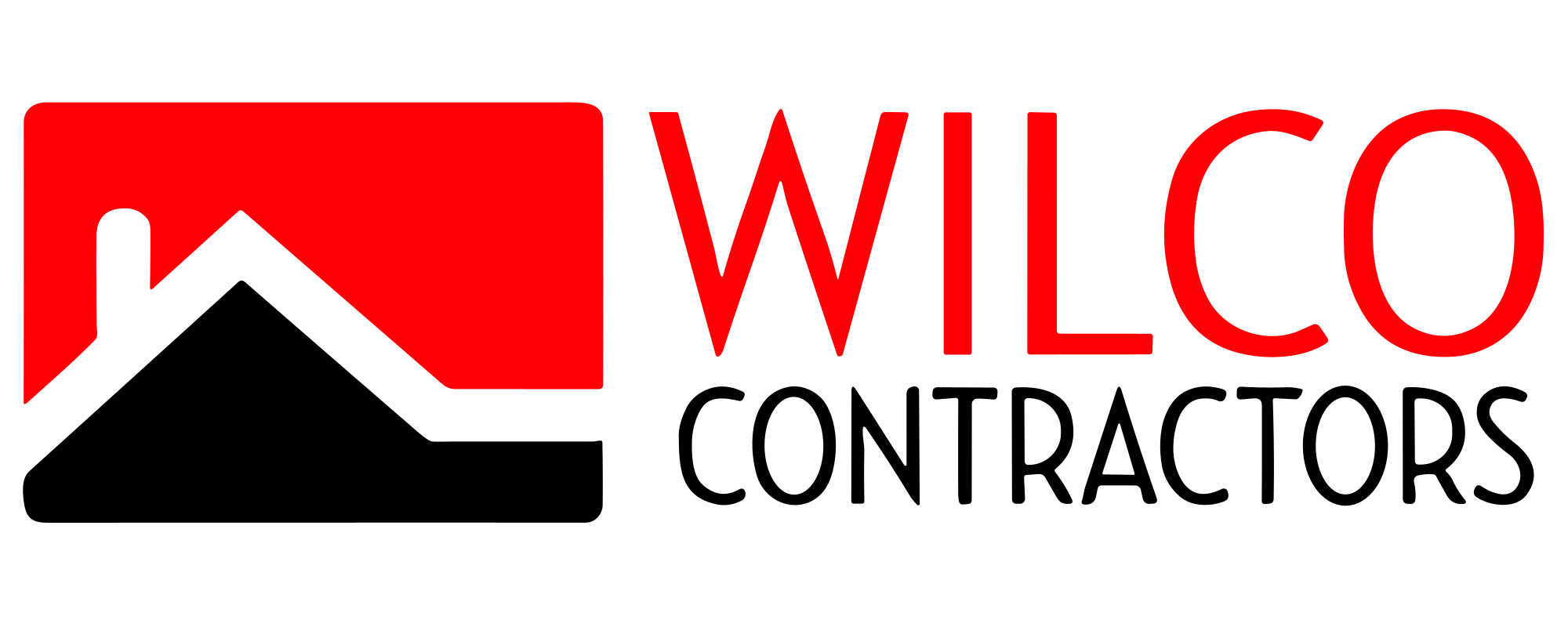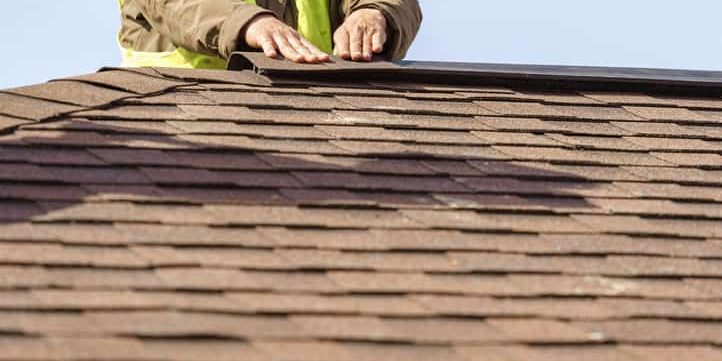Maintaining your roof is something that is extremely important, but many of us tend to take for granted. If there is no current serious issue, we tend not to think about our roofs at all. Roofing inspections are critical to increasing the longevity of your roof and spotting problem areas that could cost you significant money in repairs. They should be performed at least once every three years or right after a severe storm. If it has been a while since your last roof inspection, or if it’s your first time, there are a few things you should know.
What happens during a roof inspection? The first step in a typical roof inspection is taking a look from the ground level at the drainage patterns of your home and looking for any worn out areas. The next step involves getting a ladder and checking out the roof.
Here, the inspector will look for leaks, damaged shingles, loose granules and any other problematic spots. They may even circle any spots with a washable chalk to make sure they don’t miss it when filling out their report. They will also check all the “joints” of your roof including side walls, dormers and valleys to assure that the flashings are properly sealed.
During an exterior inspection, the inspector may be looking for cracked caulk or rust spots on flashing, shingles that are missing, broken, buckling, curling, or blistering; cracked or worn rubber boots around vent pipes; large groups of moss and lichen, which could signal roof decay; instances of mold and roof rot; leaks of any kind; signs of structural issues such as a sagging roof deck; the structural integrity of your gutters.
Once they have noted all the problem spots on the exterior, an inspector will want to check out the interior to look for more serious conditions that may be hidden from the exterior inspection. Insulation and ventilation play critical roles in the longevity of your roof. Any signs of moisture, mold or sagging will lead to major repairs.
During an interior inspection, the inspector may be looking for moisture around fireplaces; peeling paint where the roof overhangs; dark areas on your ceiling; concave areas on your ceiling; obvious leaks; water Stains on pipes near the water heater or furnace; and mold and rot on your wood rafters.
Once the interior and exterior inspections are done, your inspection team will go down their checklist identifying any issues that need to be fixed. They will then go over that list prioritizing threats that should be taken care of immediately. If necessary, they will provide you with a formal estimate for the repairs.
Hopefully, your first inspection doesn’t alert you to any significant problems, but if it does, the friendly, experienced roofing experts at Wilco Roofing can provide everything you need to help get your roof in excellent order and keep it that way for years to come! Contact us today!







